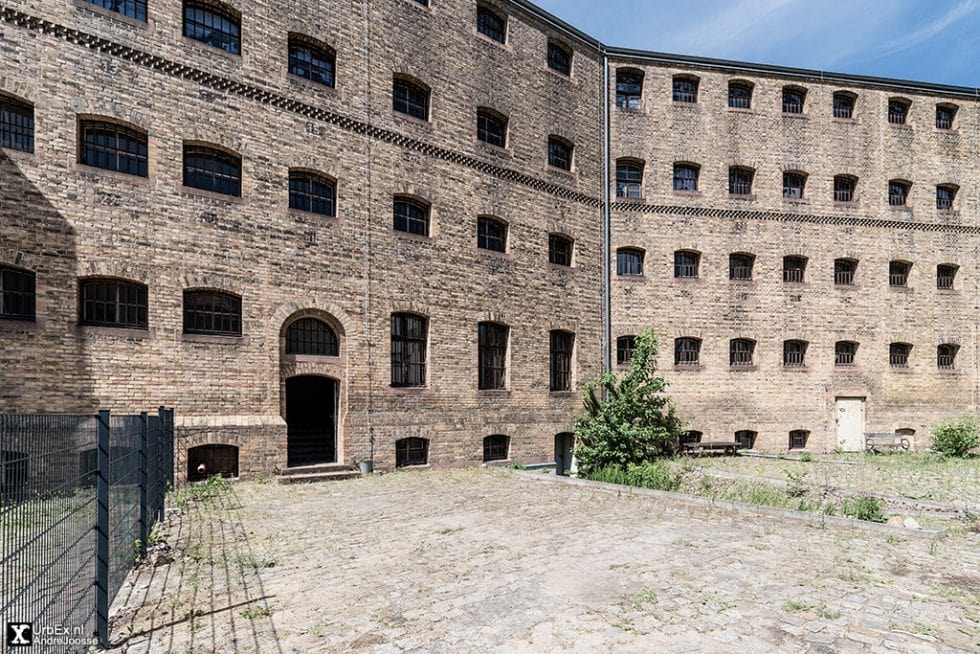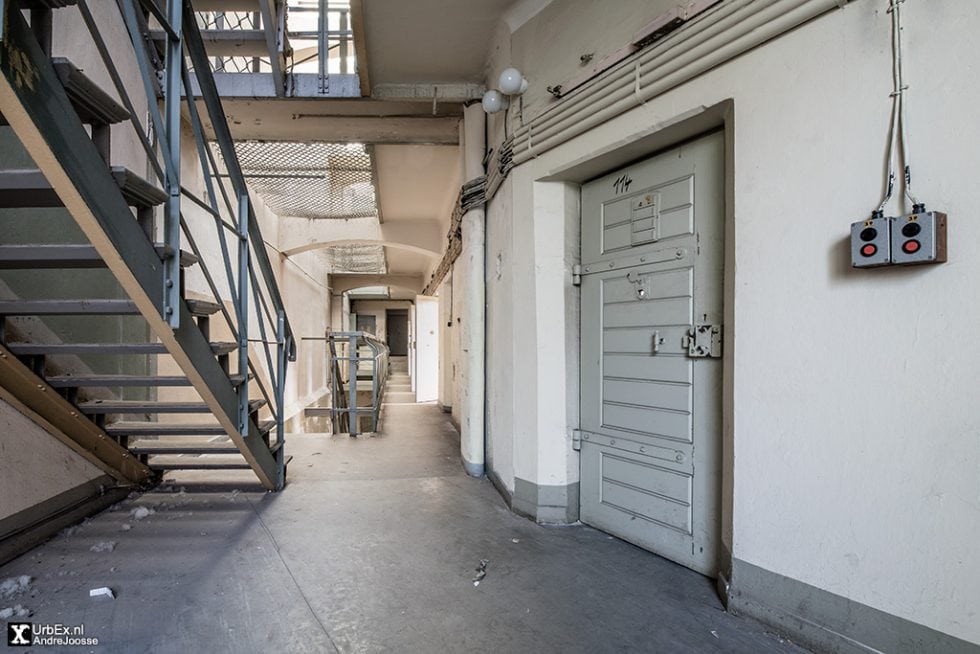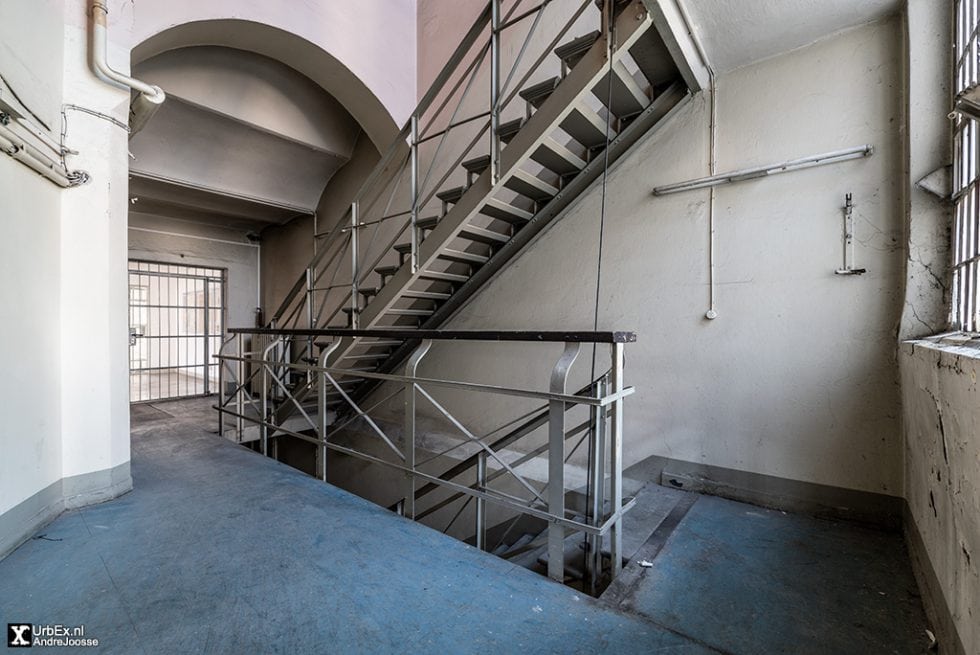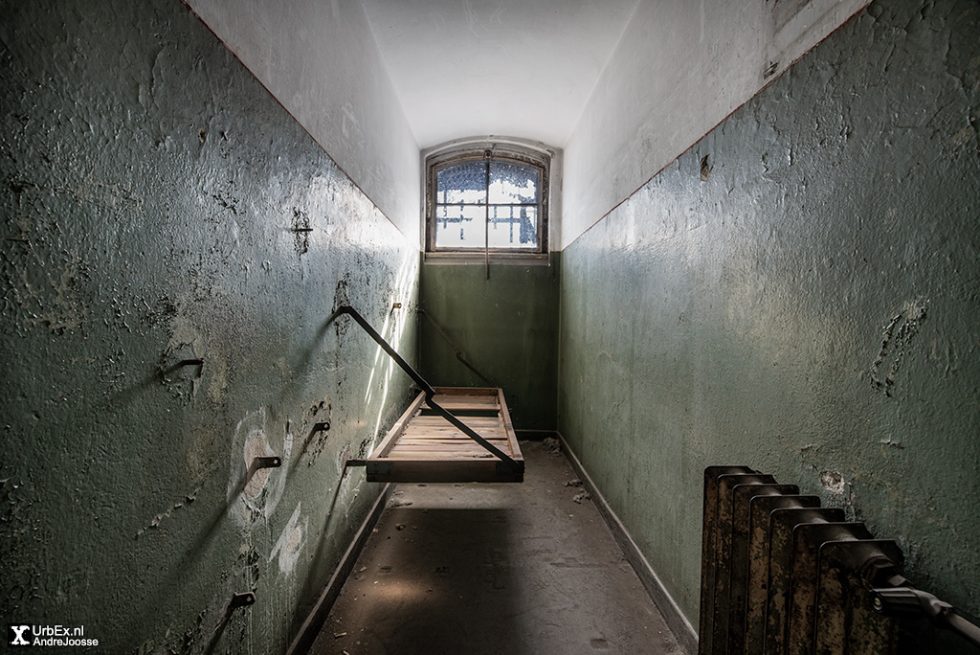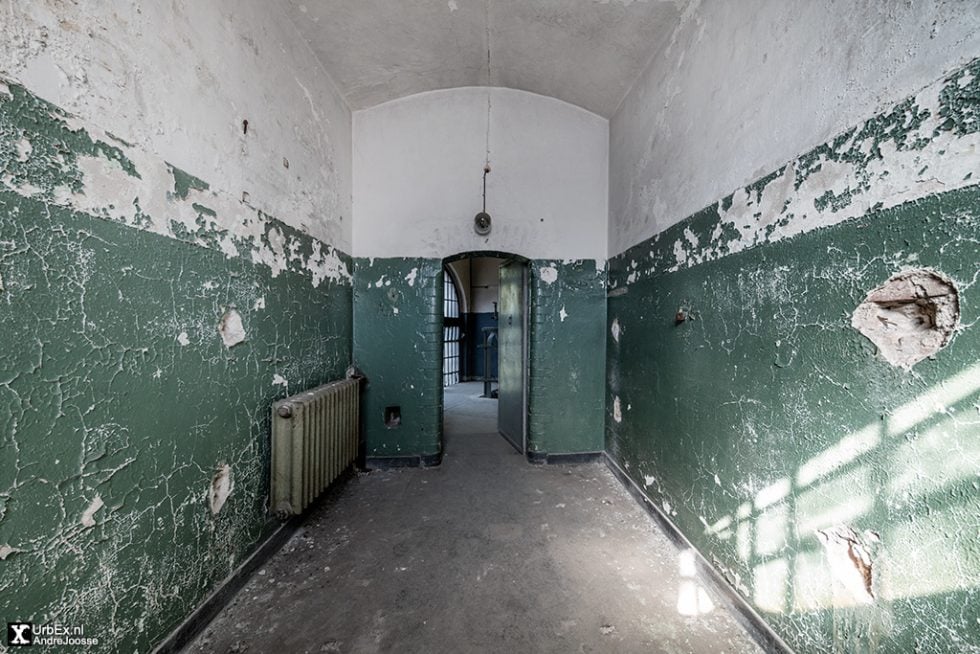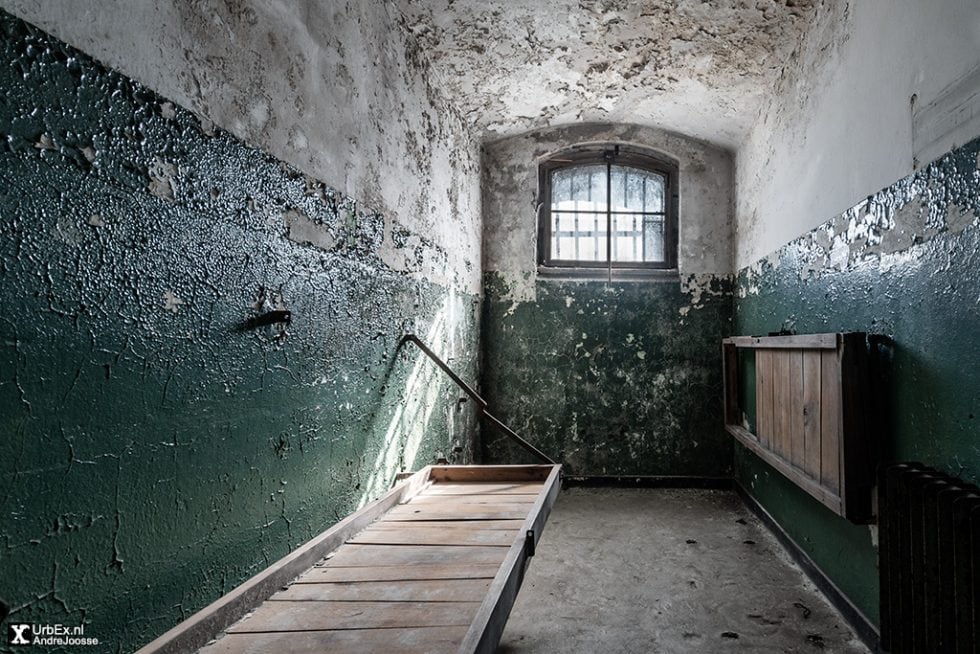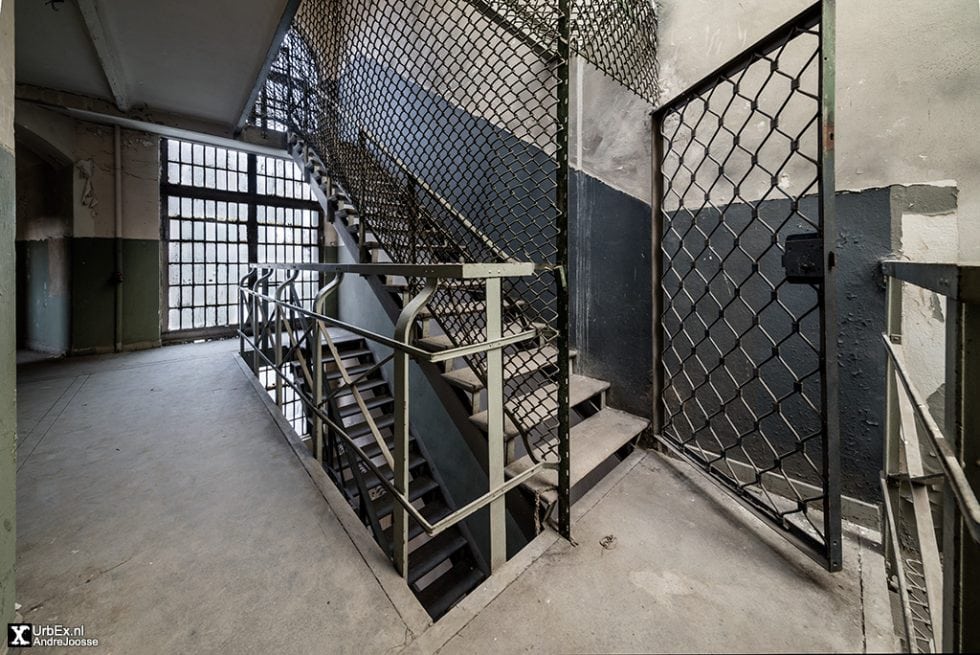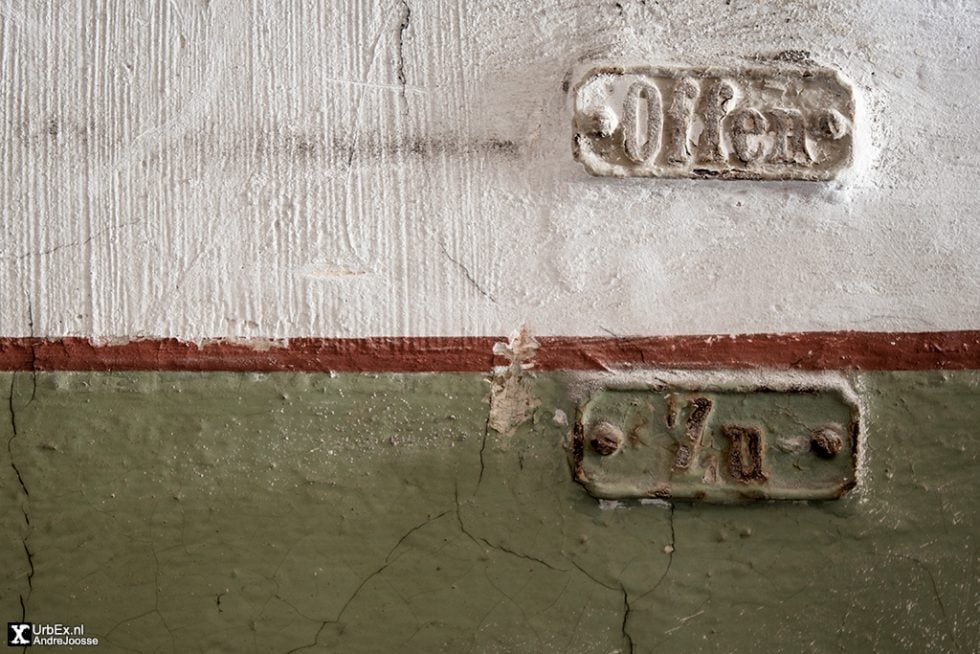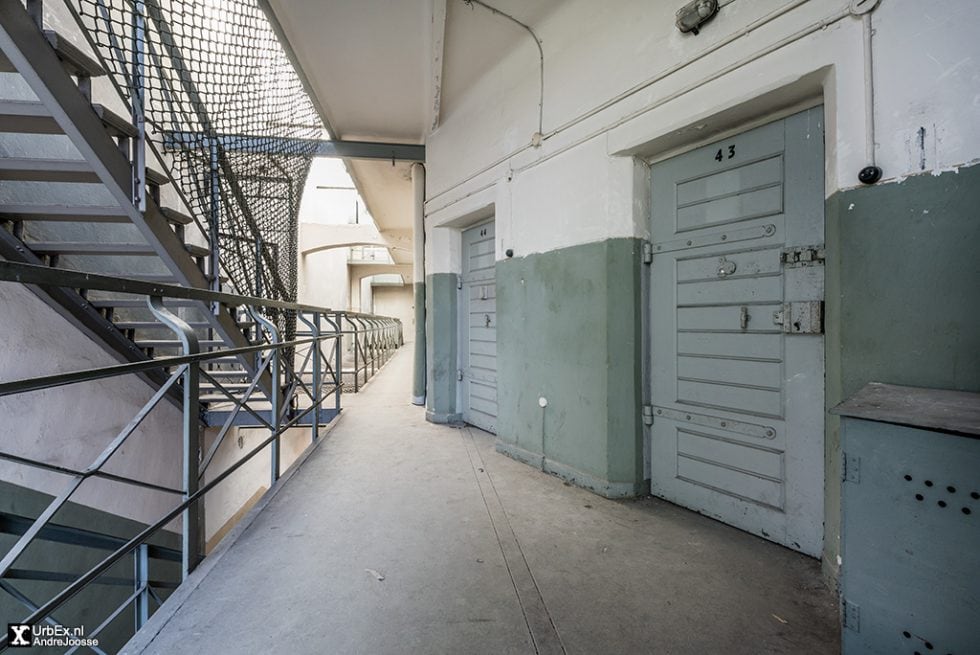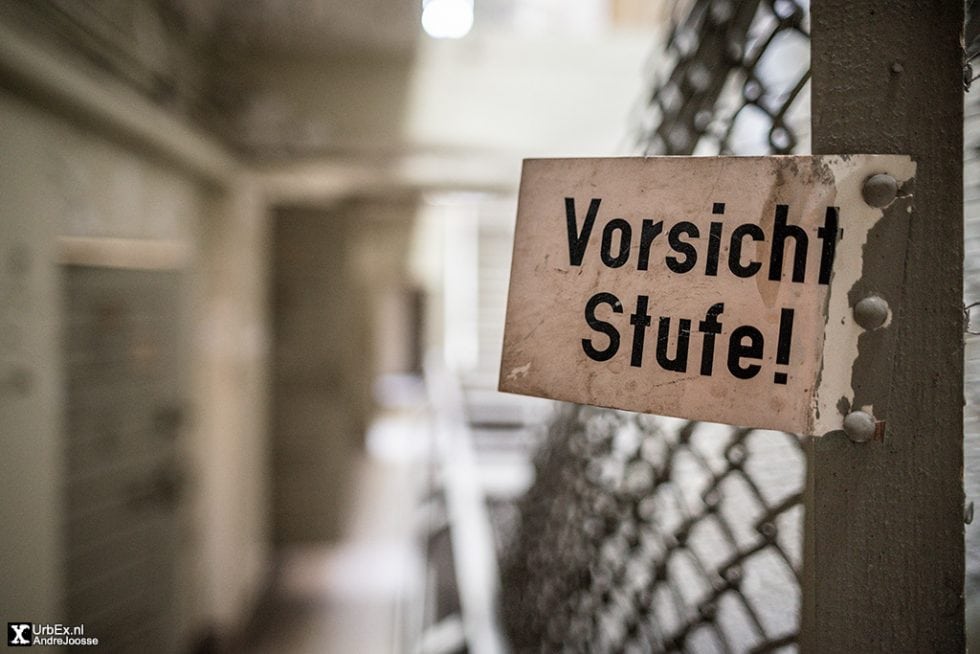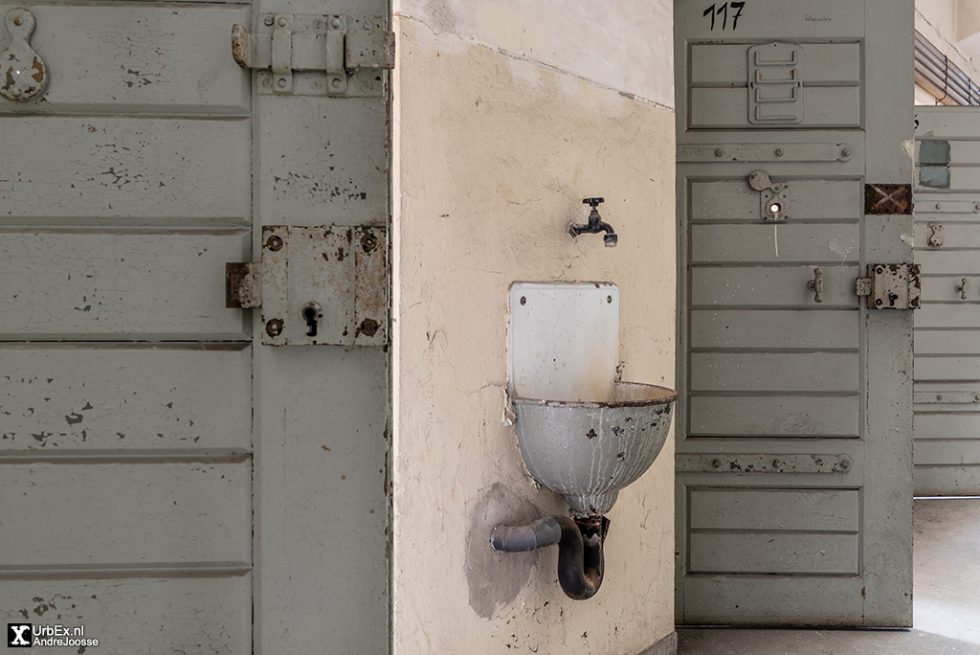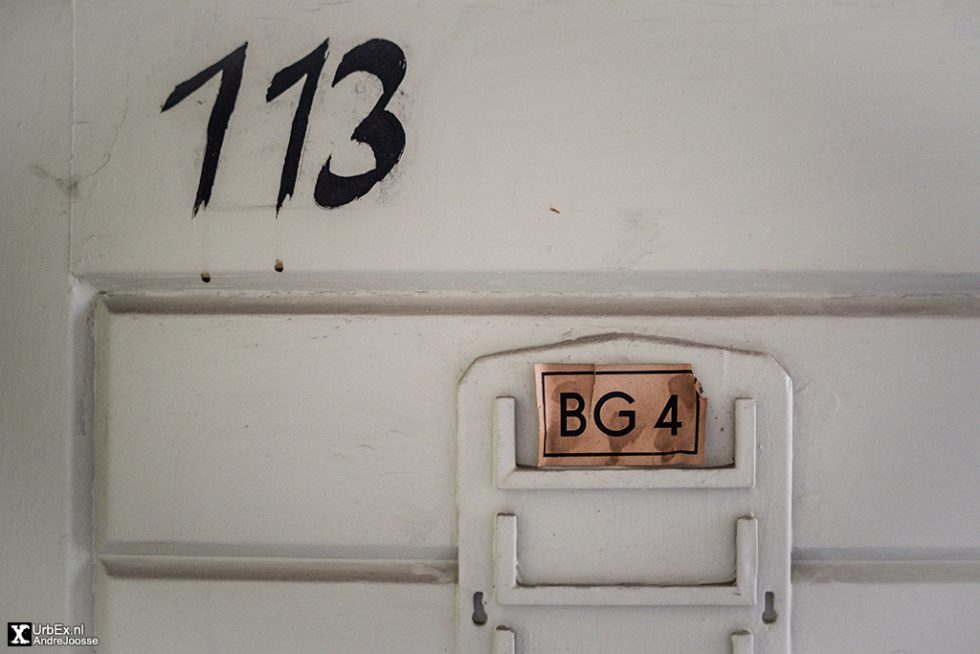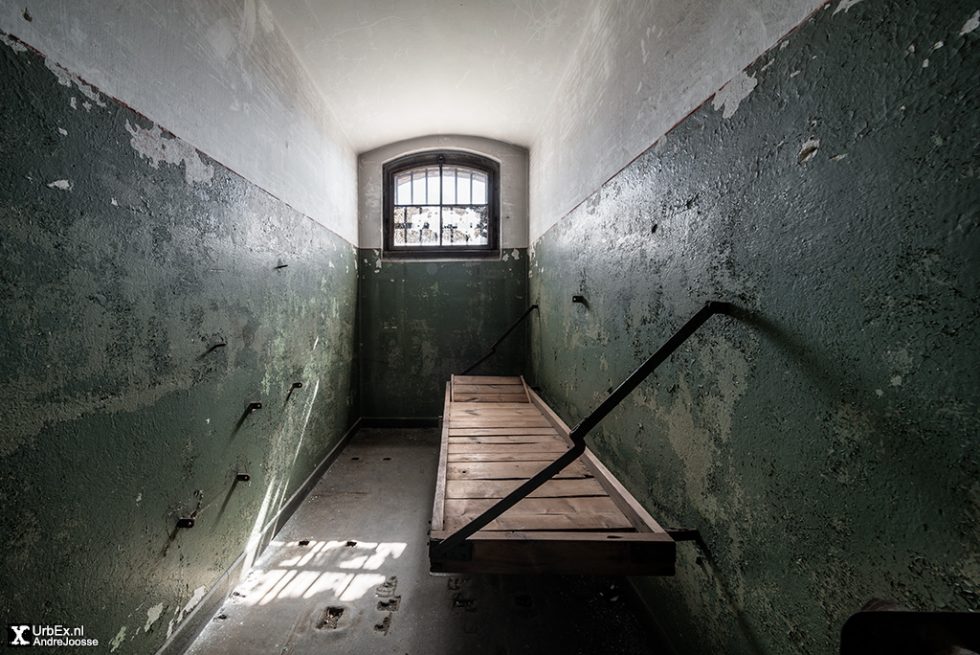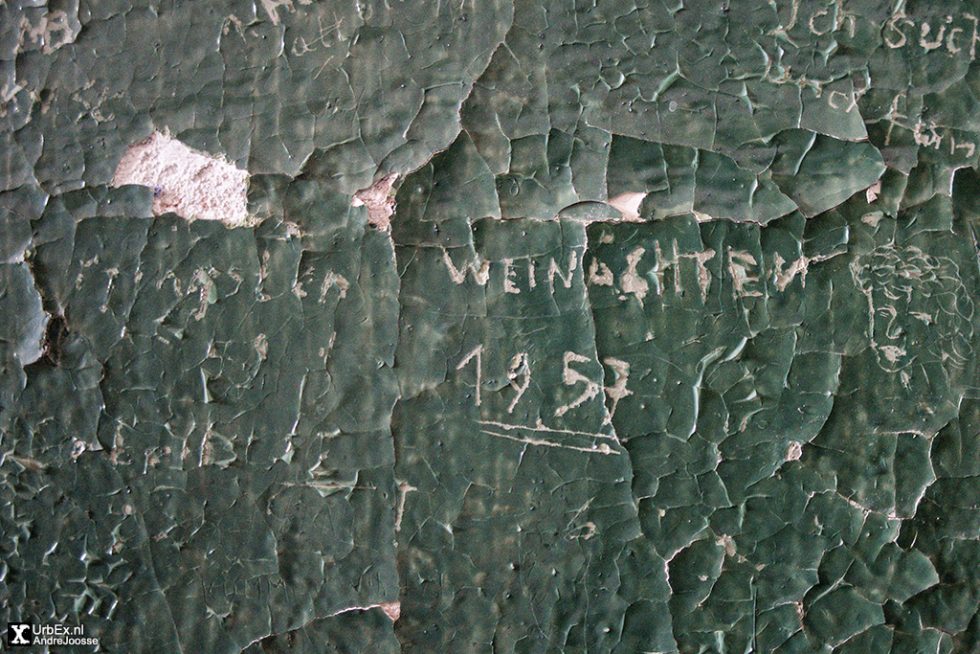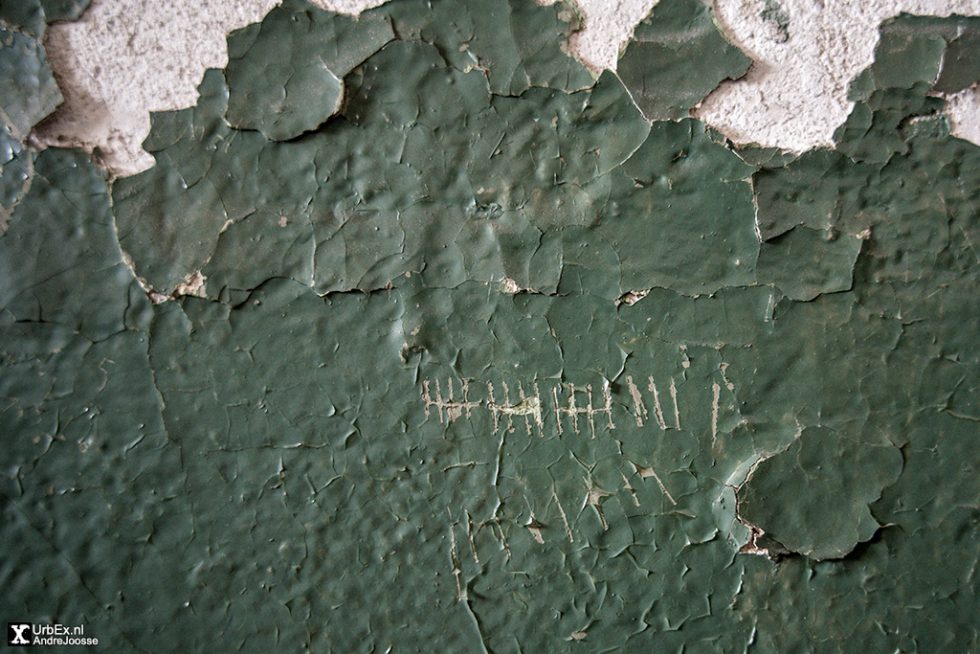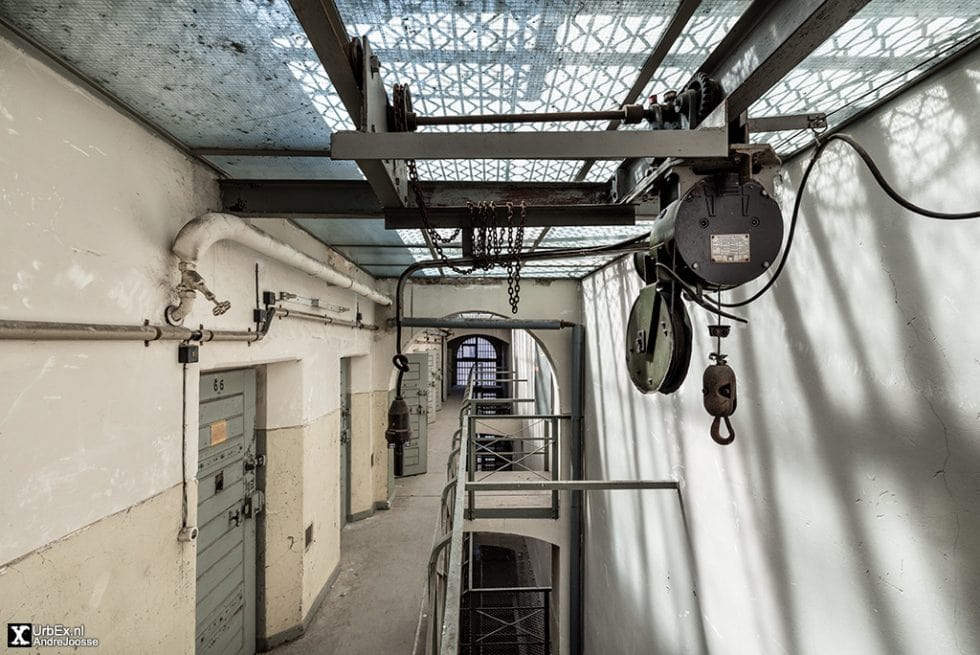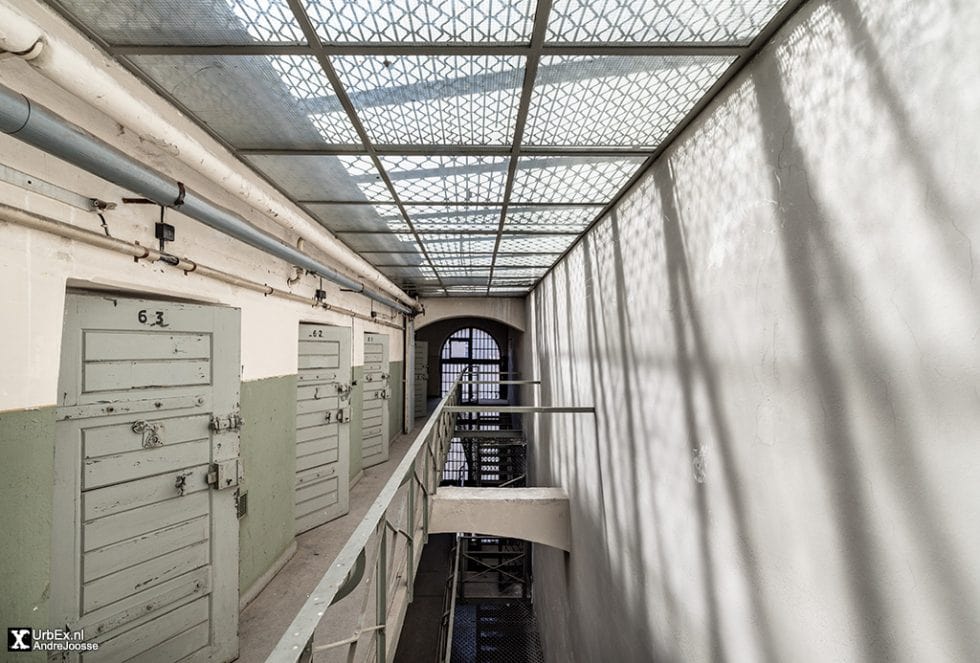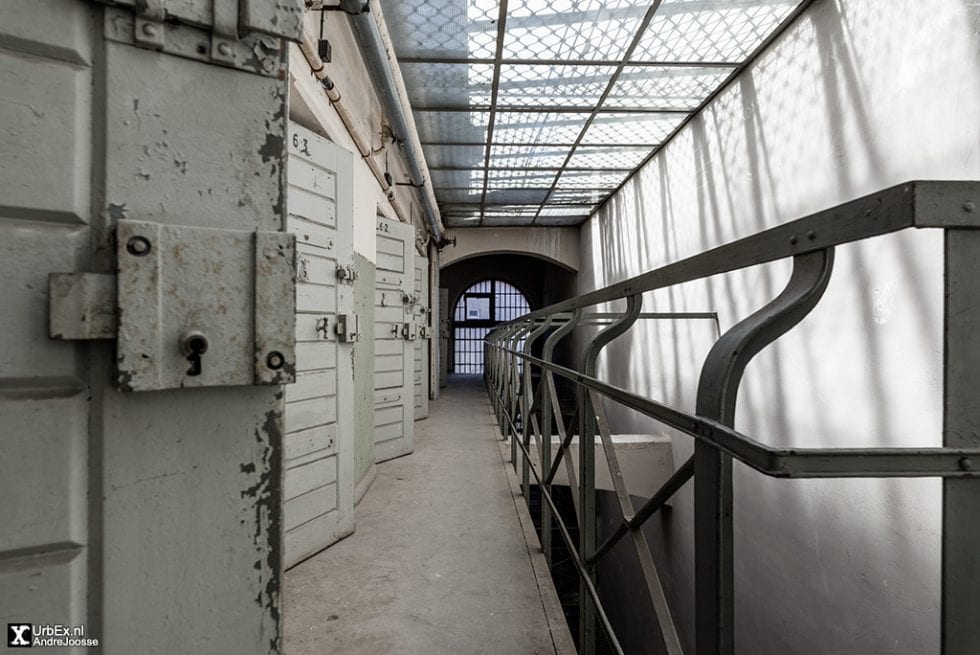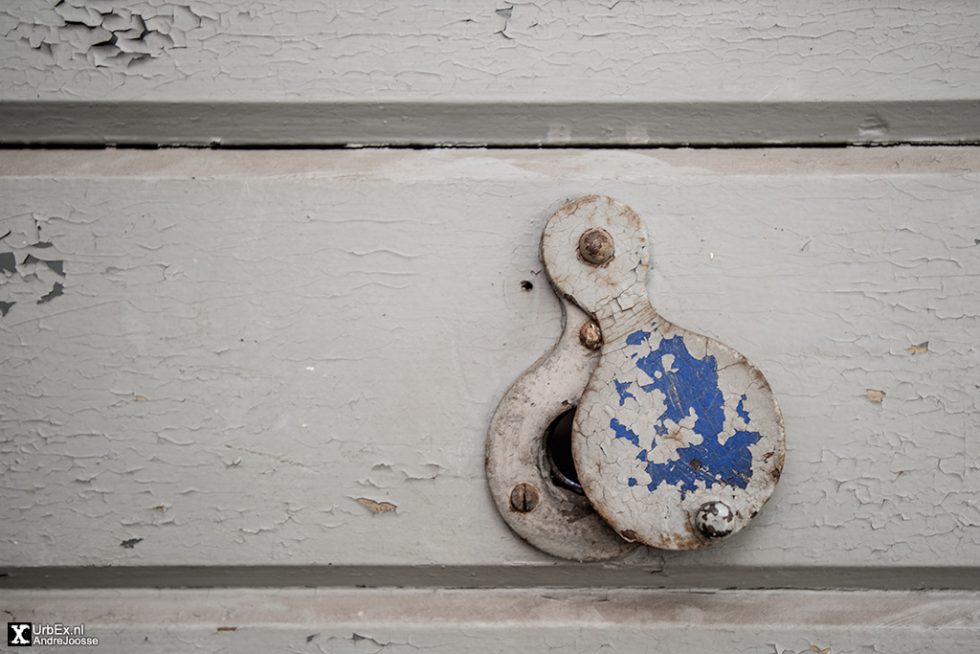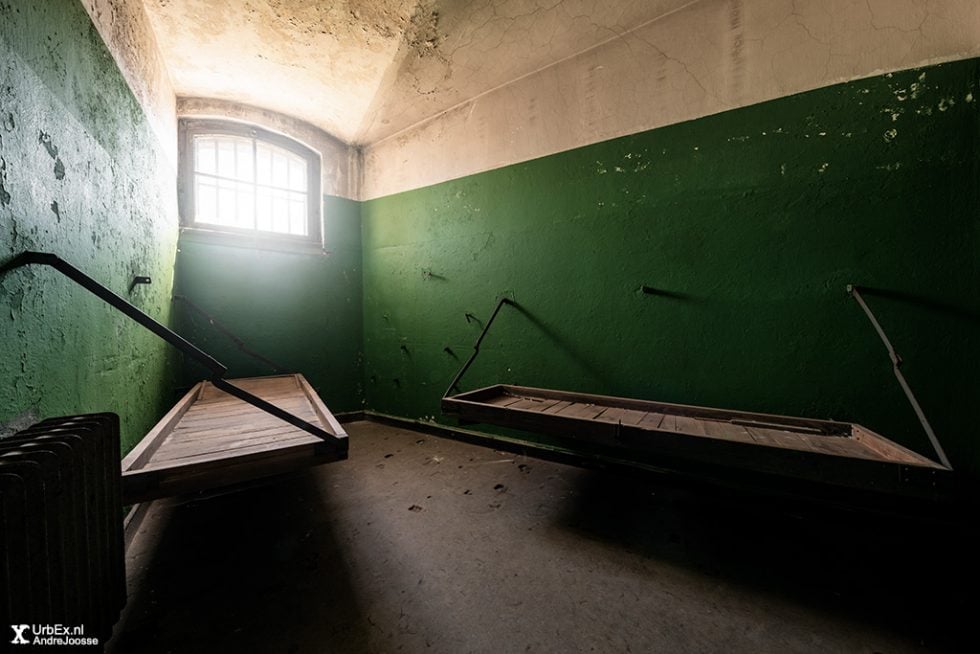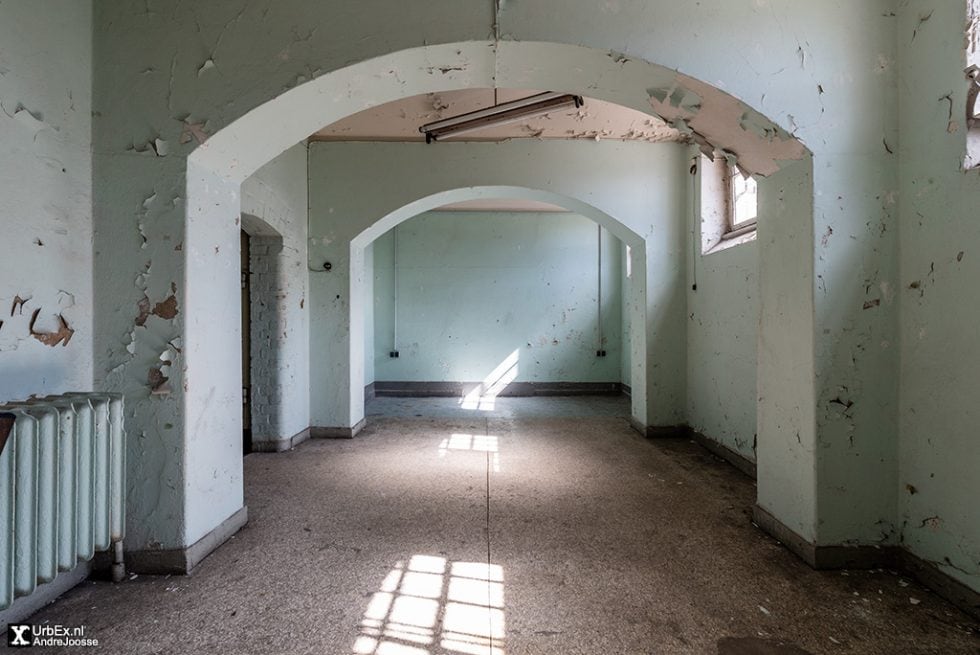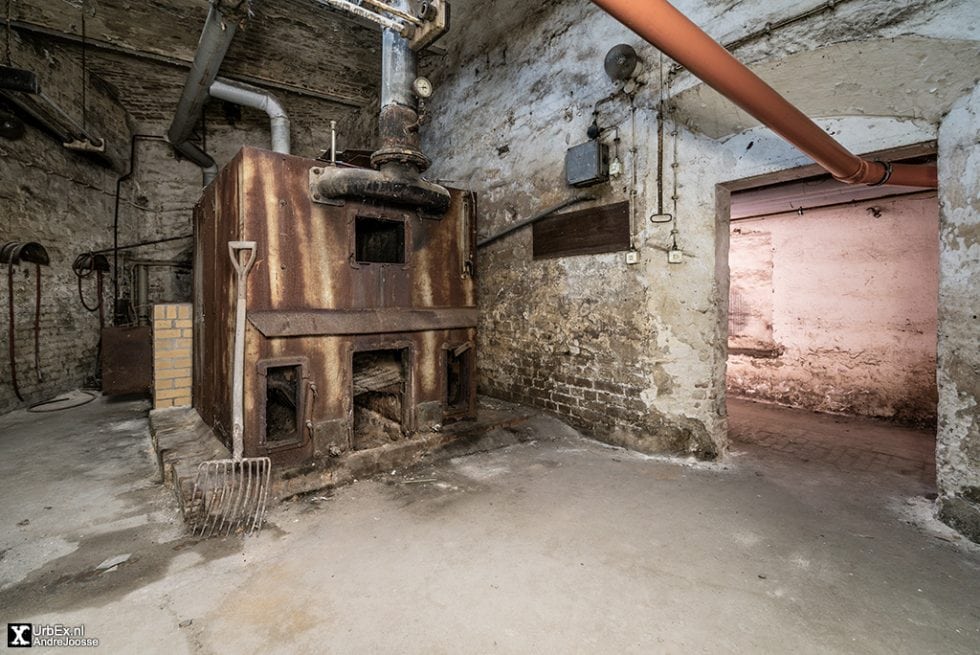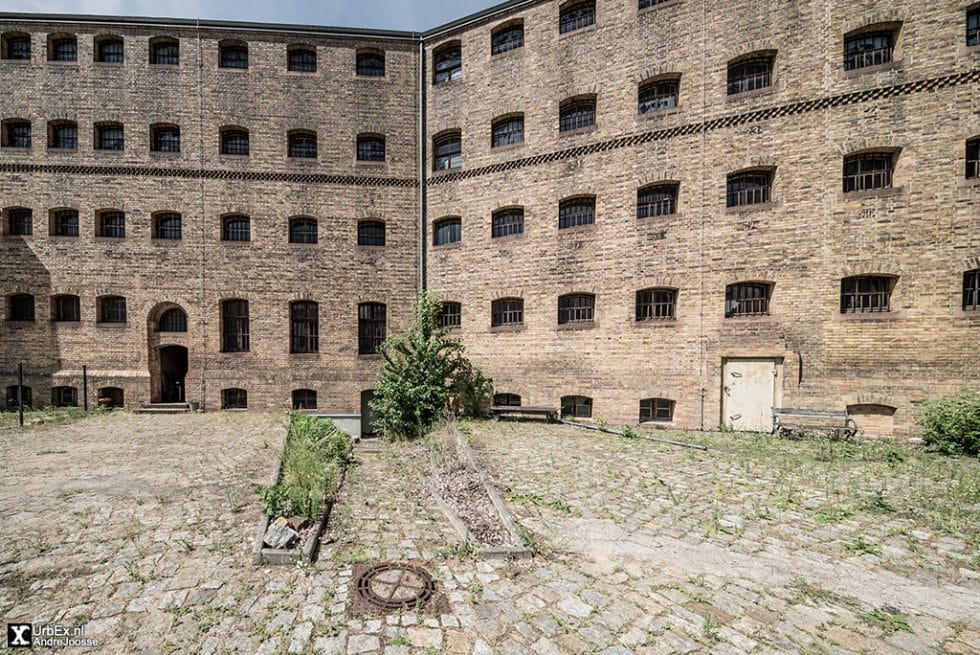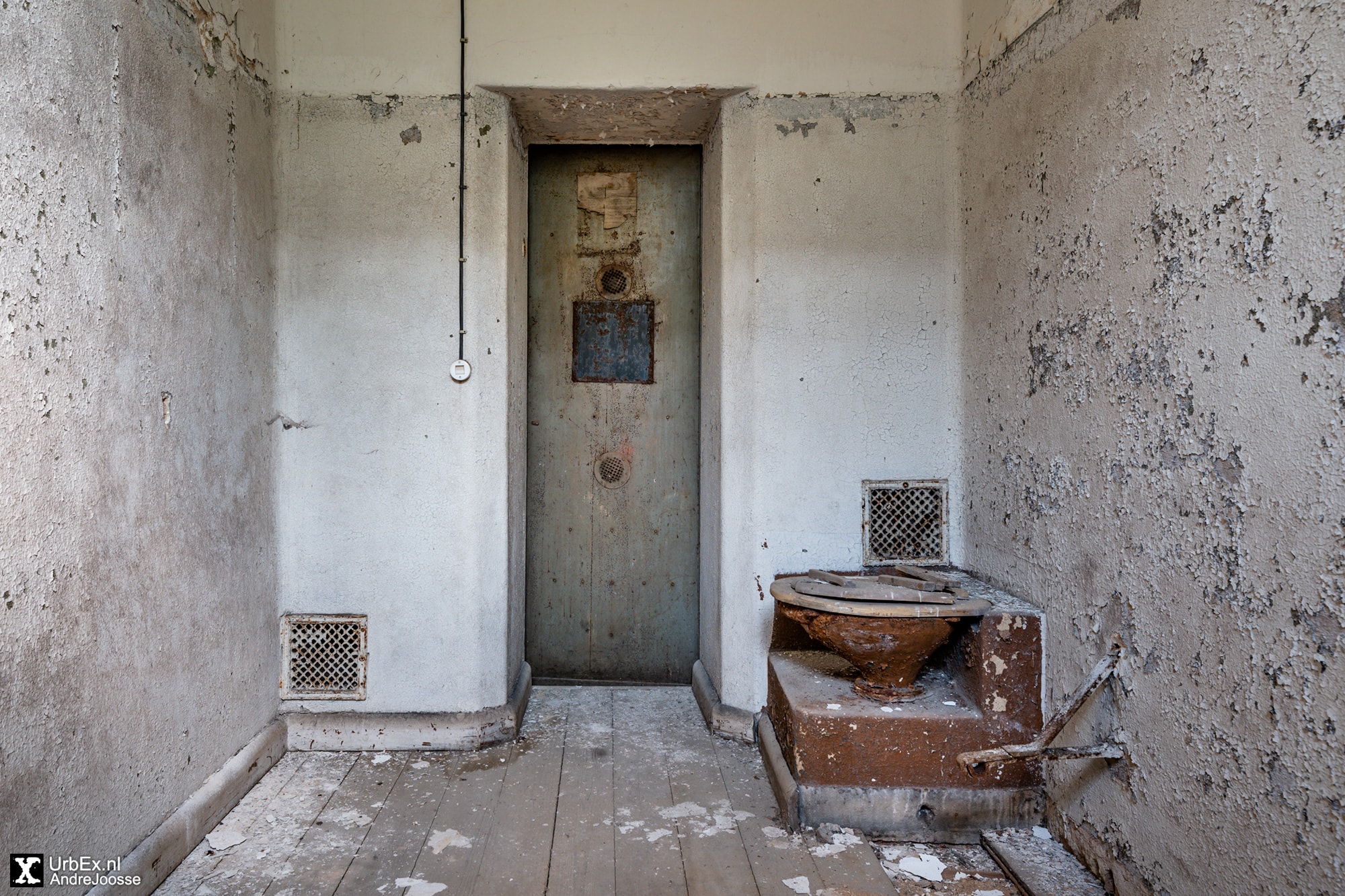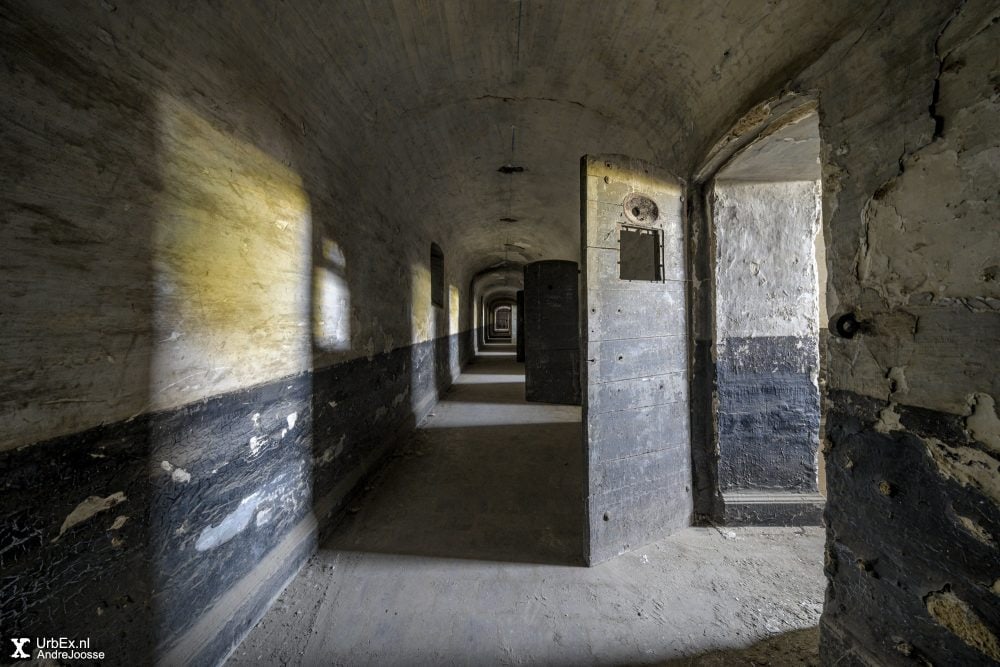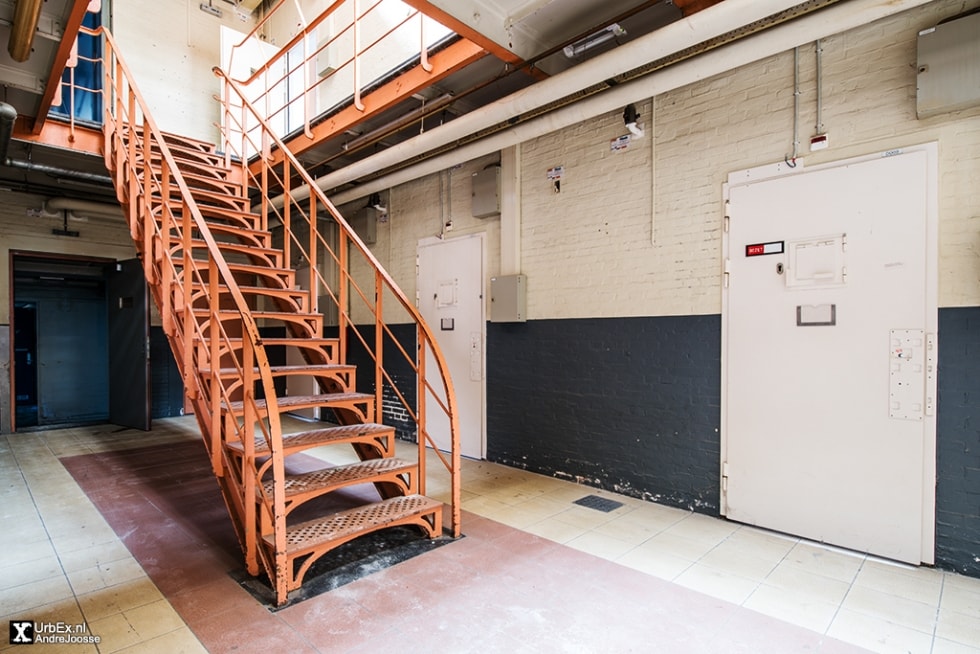Preußisches Amtsgerichtsgefängnis
THE ABANDONED PRISON IN GERMANY
In 1899, the construction of a new ‘Preußisches Amtsgerichtsgefängnis’ began in Berlin-Köpenick. It was the new district court. A four-story prison wing is attached to the courthouse. The prison had space for 55 prisoners, including nine women.
The courthouse and prison were designed in 1898 by construction officer Paul Thoemer for the Prussian Ministry of Public Works. The old buildings in the old town of Köpenick had simply become too small. The key was ceremoniously handed over on the first of December in 1901. The cells are small and simple, for example there is no furniture, only a wooden folding bed. Also, the toilet was a bucket. The corridors between the cells are secured by steel balustrades, the stairs are barred. The architects obviously guided practicality and a good overview for the guards during the design.
Köpenicker Blutwoche
In May 1933 the SA took over the prison. The SA, or Sturmabteilung, was a paramilitary organization whose methods of violent intimidation played a key role in Adolf Hitler’s rise to power. The prison had a part in the ‘Köpenick Week of Blood’. This was a week of arrests, torture, and even killings by the SA in June 1933. Approximately 500 opponents of National Socialism, identified as political non-conformists and Jews, were detained. At least 23 died.
After the Second World War, the DDR initially used the building as a men’s and youth prison and later as a detention center. Later, in 1964 the television of the DDR took over the cell building and housed a costume collection with tailoring. The building has been largely empty since the 1980s. I visited the ‘Preußisches Amtsgerichtsgefängnis’ in 2019.
Memorial
It has been a listed building since 1977. In 1980 a memorial for the victims of the Köpenick Blood Week was built in the cellar. It was significantly extended in September 1987 and named ‘Memorial of Köpenick Week of Blood June 1933’. A new permanent exhibition was opened here in 2013 to mark the 80th anniversary of the Köpenick Week of Blood. The exhibition pinpoints the events in the context of the Nazi national consolidation of power in 1933 and shows very clearly the extent to which these actions in June were a “test case” for the Nazi leadership. In other words, it became clear to the Nazis that they could torture and murder their opponents without any resistance from police, the courts, and society in general.
